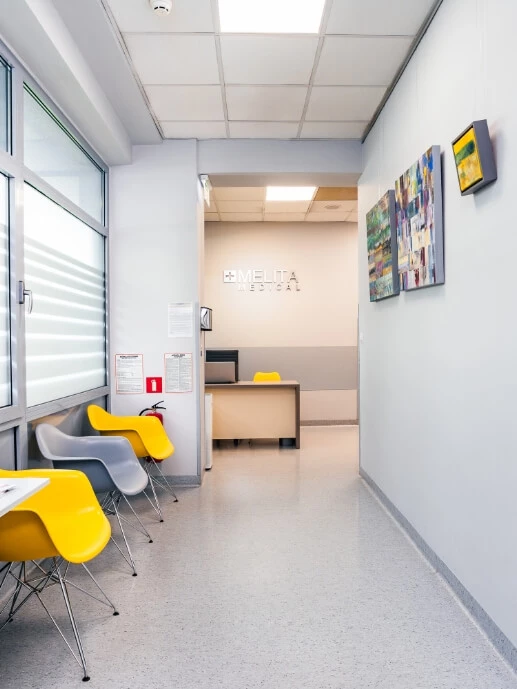At the Melita Medical Center, we focus mainly on the proctological aspects related to HPV infection, therefore, as part of the diagnostics, we take a swab from the anus for the presence of HPV infection with the typing of the virus subtypes that can cause cancer. The test is performed using the PCR method.
A swab (i.e., collecting epithelial cells with a soft stick) is performed during the proctological examination.
High-resolution anoscopy, similar to colposcopy of the cervix in women, enables viewing the mucosa of the anal canal and distinguishing between benign and malignant lesions, and collecting material for cytology in case of any doubts.



